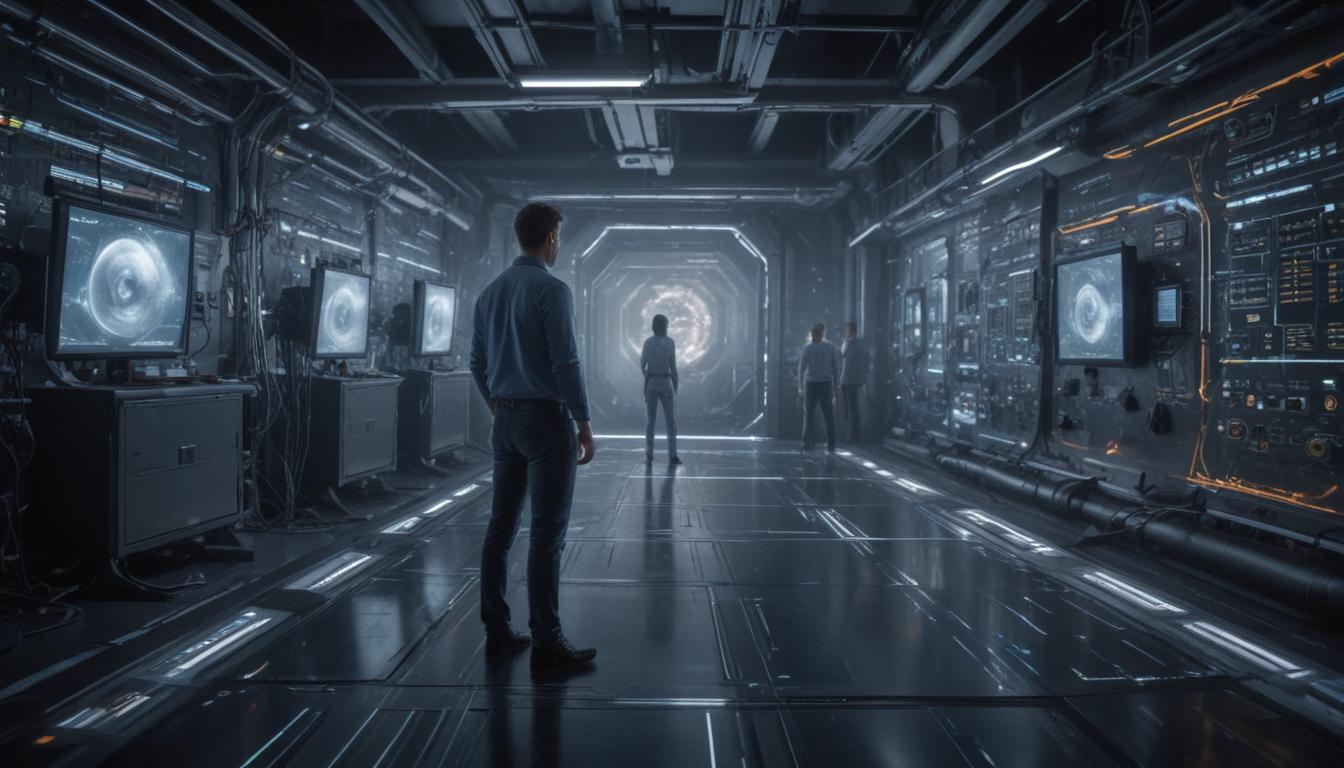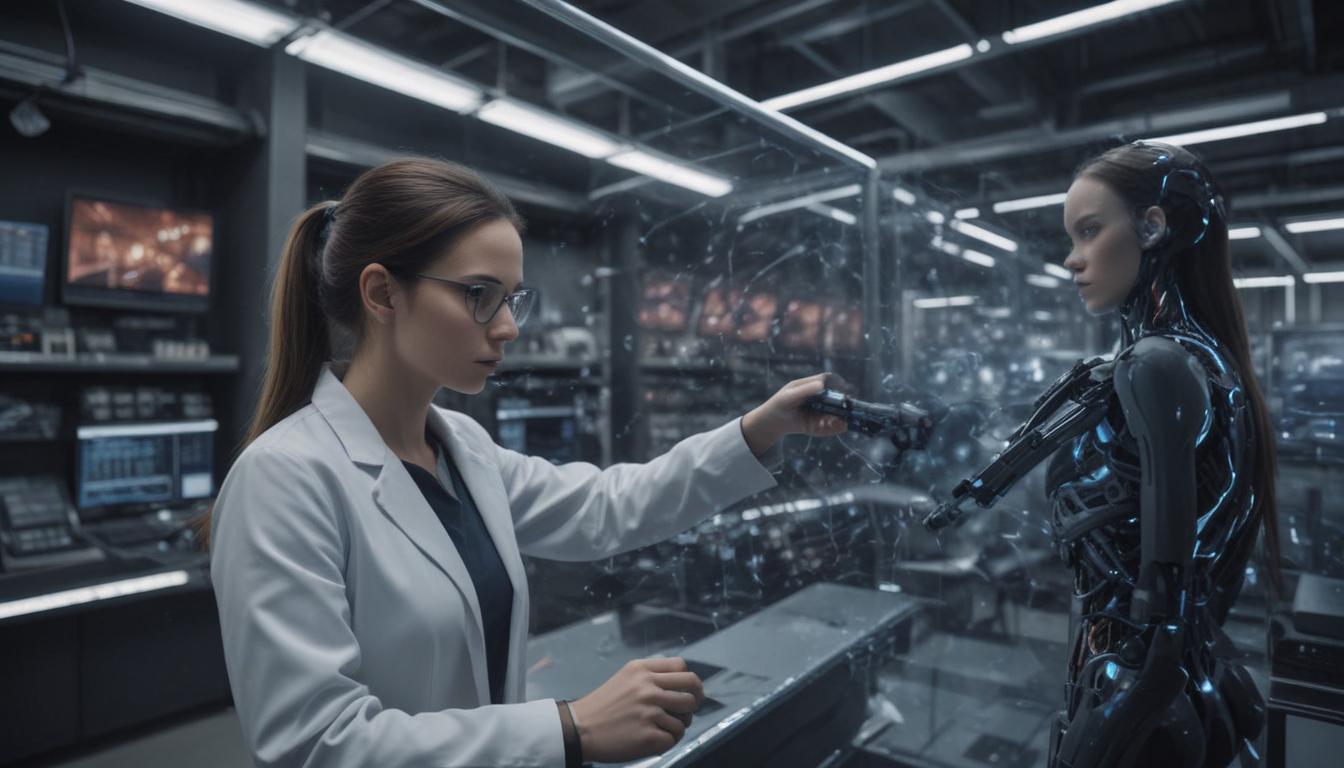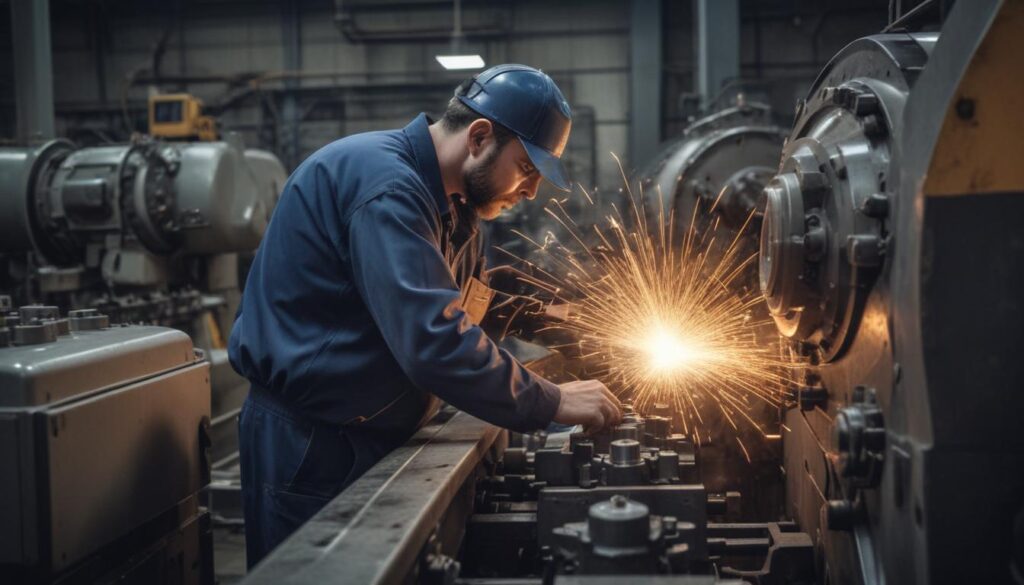Now Reading: Digital Twins A Simple Guide
- 01
Digital Twins A Simple Guide
Digital Twins A Simple Guide

Digital Twins Virtual Replicas of Physical Objects
Are you struggling to manage complex assets, predict costly failures, or innovate without expensive and risky real-world experiments? In today’s competitive landscape, relying on guesswork and reactive maintenance can lead to crippling downtime and missed opportunities.
Businesses across all sectors are searching for a way to gain deeper insights into their operations, moving from simply reacting to problems to proactively preventing them. The challenge lies in understanding how a physical system will behave under countless different scenarios without putting it, or your budget, at risk.
Imagine having a perfect virtual copy of your most critical equipment, a bustling factory floor, or even an entire city grid, living and breathing on a screen. This isn’t science fiction; it’s the reality of Digital Twin technology. A digital twin is a dynamic, virtual model that acts as a direct counterpart to a physical object or system. It provides a safe, cost-effective sandbox to test, monitor, and optimize performance in real time. This technology is the bridge between the physical and digital worlds, offering unprecedented control and foresight to drive efficiency and innovation.
What Exactly is a Digital Twin
It is crucial to understand that a digital twin is far more than a static 3D model or a simple blueprint. While it includes a detailed visual representation, its true power comes from its dynamic connection to its physical counterpart. Think of it as a living, digital shadow.
Through a network of Internet of Things (IoT) sensors attached to the physical object, the digital twin receives a constant stream of real-world data about its condition, environment, and performance. This data can include everything from temperature and vibration to energy output and material stress.
This continuous flow of data is what separates a digital twin from a standard simulation. A simulation typically runs on a set of assumptions and historical data to predict potential outcomes. A digital twin, however, evolves right alongside its physical twin. As the real-world asset ages, experiences wear and tear, or operates under different conditions, its virtual replica reflects these changes instantly. This creates a highly accurate, up-to-the-minute model that can be used for sophisticated analysis and prediction with a much higher degree of confidence.
How Digital Twins Work in the Real World
The applications of digital twin technology are transforming industries by providing a crystal ball into their operations. In manufacturing, a company can create a digital twin of an entire production line. If a robotic arm on the assembly line begins to vibrate abnormally, sensors feed this data to the twin. The twin’s software can then analyze this data against historical performance, predict a potential motor failure in 72 hours, and automatically schedule maintenance before a catastrophic breakdown occurs, preventing a costly shutdown.
The scope extends far beyond single pieces of equipment. Urban planners are now creating digital twins of entire cities. These complex models integrate data from traffic sensors, public transit systems, energy grids, and weather stations. With this virtual city, officials can simulate the impact of a new subway line on traffic congestion, test emergency response plans, or identify the most effective locations for new green infrastructure, all without disrupting a single citizen.
In healthcare, a digital twin of a patient’s heart, built from their unique scans and health data, can allow a surgeon to practice a complex procedure virtually or test the effects of a new drug before it’s ever administered.

The Key Benefits of Adopting Digital Twin Technology
Adopting digital twins provides several powerful advantages that can fundamentally change how a business operates.
From Reactive to Predictive Maintenance
One of the most significant benefits is the shift from reactive to predictive maintenance. Instead of waiting for an asset to fail and then scrambling to fix it, organizations can use their virtual replicas to foresee issues long before they happen. By analyzing real-time performance data, the twin can identify subtle signs of degradation and alert teams to schedule maintenance during planned downtime. This not only dramatically reduces unexpected failures and extends the operational life of assets but also cuts maintenance costs significantly.
A Sandbox for Innovation and Safety
Beyond maintenance, digital twins are powerful engines for innovation and safety. Aerospace engineers can build a digital twin of a new jet engine and subject it to thousands of hours of virtual flight under extreme conditions. This allows them to identify design flaws and optimize performance in a completely safe, virtual environment, drastically reducing the need for expensive physical prototypes. This ability to test, iterate, and innovate at high speed gives companies a powerful competitive edge, allowing them to bring better, safer, and more reliable products to market faster than ever before.
The Future is Mirrored
The journey of digital twin technology is just beginning. As AI and machine learning algorithms become more sophisticated and the Internet of Things becomes even more ubiquitous, the capabilities of these virtual replicas will grow exponentially. We will move from twinning individual assets to twinning entire, interconnected ecosystems.
Imagine a digital twin of a global supply chain that can predict disruptions from a storm on the other side of the world and automatically reroute shipments to minimize delays.
Ultimately, digital twins are about making smarter decisions. By providing a clear, accurate, and dynamic view into the heart of complex systems, they remove the guesswork from operations, planning, and innovation. They represent a fundamental shift in how we interact with the physical world, creating a future that is not only more efficient and productive but also safer and more resilient. The bridge between the physical and digital is built, and it is changing everything.



































